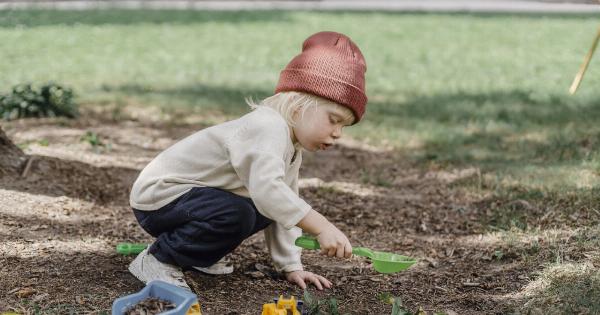Green spaces have been known to be beneficial to both physical and mental health, offering a place for people to relax, exercise, and connect with nature.
However, their impact on children’s mental health has only recently gained attention, and studies have shown that green spaces offer numerous advantages for children’s cognitive, emotional, and social well-being. This article will examine the ways in which green spaces impact children’s mental health and how parents, schools, and communities can promote their use.
Cognitive Benefits
Green spaces can play a significant role in cognitive development for children. Studies have shown that exposure to nature can improve attention span, memory, and overall cognitive function.
Additionally, children who spend time outdoors are more likely to engage in creative play, which can boost problem-solving and critical thinking skills.
Emotional Benefits
Green spaces also offer emotional benefits, particularly in reducing stress and anxiety. Being surrounded by nature can promote feelings of relaxation and calmness, reducing feelings of irritability and aggression.
Exposure to nature can also help children regulate their emotions and improve their overall mood.
Social Benefits
Green spaces offer numerous social benefits for children. Spending time outdoors allows children to interact with other children in a natural environment, promoting socialization and building social skills.
Furthermore, green spaces provide an opportunity for children to engage in unstructured play, developing independence, and self-confidence.
Barriers to Accessing Green Spaces
Despite the numerous benefits, not all children have equal access to green spaces. Children in urban areas often have limited access to green spaces due to a lack of parks, playgrounds, and green areas.
Additionally, families with low incomes may face challenges in accessing green spaces due to transportation issues and the cost of admission to nature centers or other attractions. These barriers to access can exacerbate existing health disparities, making it important for communities to promote equitable access to green spaces.
Promoting Green Spaces
There are several ways parents, schools, and communities can promote the use of green spaces to support children’s mental health:.
- Encourage outdoor playtime – Parents can encourage their children to spend more time outdoors, whether by exploring local parks or engaging in outdoor activities like hiking or biking.
- Create green space at home – Families can create their own green space at home, whether by planting a garden or adding potted plants to their living space.
- Support green space initiatives – Communities should prioritize the creation and maintenance of green spaces, ensuring that all residents have access to nature.
- Integrate green space into school activities – Schools can incorporate green space into their curriculum by taking field trips to local parks, or incorporating gardening and other outdoor activities into their lesson plans.
Conclusion
Green spaces offer numerous benefits for children’s mental health, including cognitive, emotional, and social benefits.
It is important for parents, schools, and communities to promote equitable access to green spaces and encourage children to spend more time outdoors. By prioritizing green spaces, we can support the mental health and well-being of children in our communities.






























